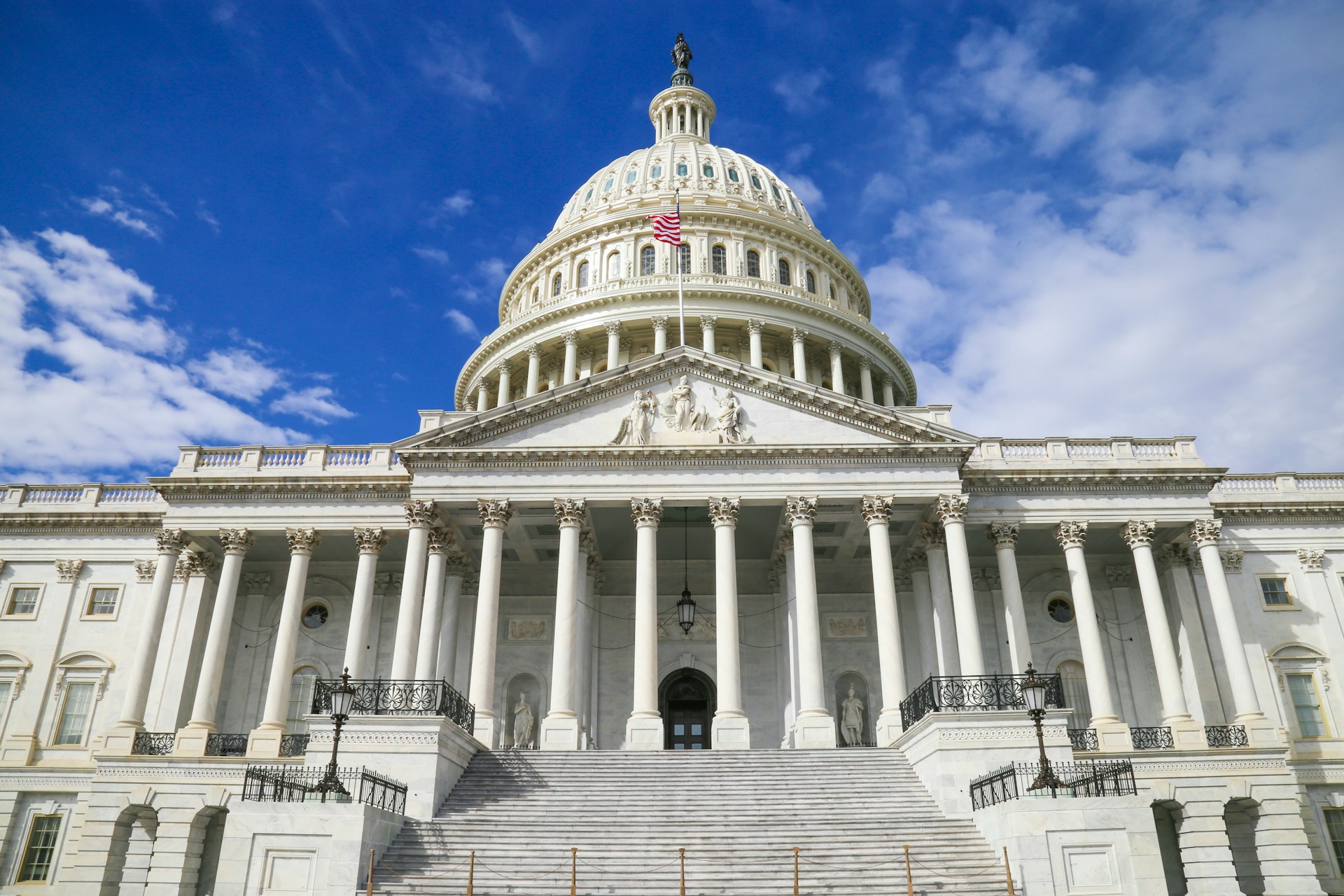From the outset, U.S. court decisions banning gender‑affirming care for minors have ignited deep unease across medical and legal communities, creating immediate uncertainty for families and professionals alike. Several Republican‑led states have enacted laws prohibiting puberty blockers, hormone therapy, and gender‑affirming surgery for under‑18s – measures that directly confront longstanding clinical guidelines and provoke complex constitutional questions for healthcare providers and patients.
These legal shifts are unfolding amid sharp divisions over protections afforded by the Equal Protection Clause. Advocates argue that denying medically endorsed treatments to transgender youth constitutes unlawful discrimination, while supporters of the bans assert that the state should regulate irreversible medical procedures for children. Early court appeals have yielded mixed results, with temporary injunctions in states such as Texas and Idaho offering some respite, even as other jurisdictions move forward with enforcement.
For legal practitioners, urgency is paramount. Defence teams must build robust constitutional arguments focused on equitable treatment and medical necessity. Prosecutors and government counsel must instead sharpen regulatory justifications, articulating patient safety concerns, parental consent frameworks, and legislative intent. Cross‑border enforcement also presents new litigation complexities as families consider accessing care in more liberal states, raising jurisdictional conflicts and questions around recognition of treatment outcomes.
These developments carry significant implications for institutional policy. Hospitals and clinics must navigate fluctuating legal contexts, balancing compliance with state mandates against the ethical imperatives advocated by medical associations like the American Academy of Paediatrics. Institutions could face legal exposure, either for defying state prohibitions or for denying care deemed clinically necessary by professionals.
Looking ahead, Supreme Court intervention appears increasingly likely. A ruling on whether gender identity classifications receive heightened scrutiny under the Equal Protection Clause could determine the legality of these bans nationwide. Legal teams should monitor appeals closely and leverage national advocacy coalitions to coordinate challenges.
In essence, gender‑affirming care restrictions are reshaping U.S. healthcare governance and civil rights law. Legal experts and healthcare leaders must act swiftly, collaborating across disciplines, refining constitutional strategies, and preparing for landmark judicial review. The outcomes will reverberate far beyond this issue, potentially setting precedent for the treatment of marginalised groups and the role of professional norms in law.


